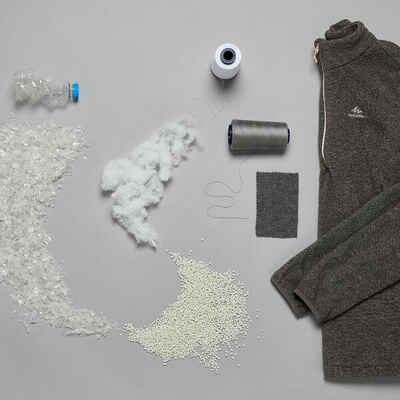TRIBORD
Ref.
8803738
4865922
Men's warm waterproof windproof sailing jacket - SAILING 300 green
€89.99
VAT included
Store Availability
Store availability
This warm, waterproof long jacket is perfect for sailing in cold and wet weather and for everyday use.
Ecodesign approach
With ecodesign, we reduce the environmental impact of our products.
Analysing the product's environmental footprint enabled us to identify the most impactful stages of its life cycle. Thanks to this approach, our design teams were able to develop this product while significantly reducing its environmental impact.
Ecodesign actions on this product
-
 Material
MaterialRecycled polyester
Product made from 79% recycled polyester
Using recycled polyester rather than conventional polyester reduces the CO2 emissions linked to the material by at least 17%.




